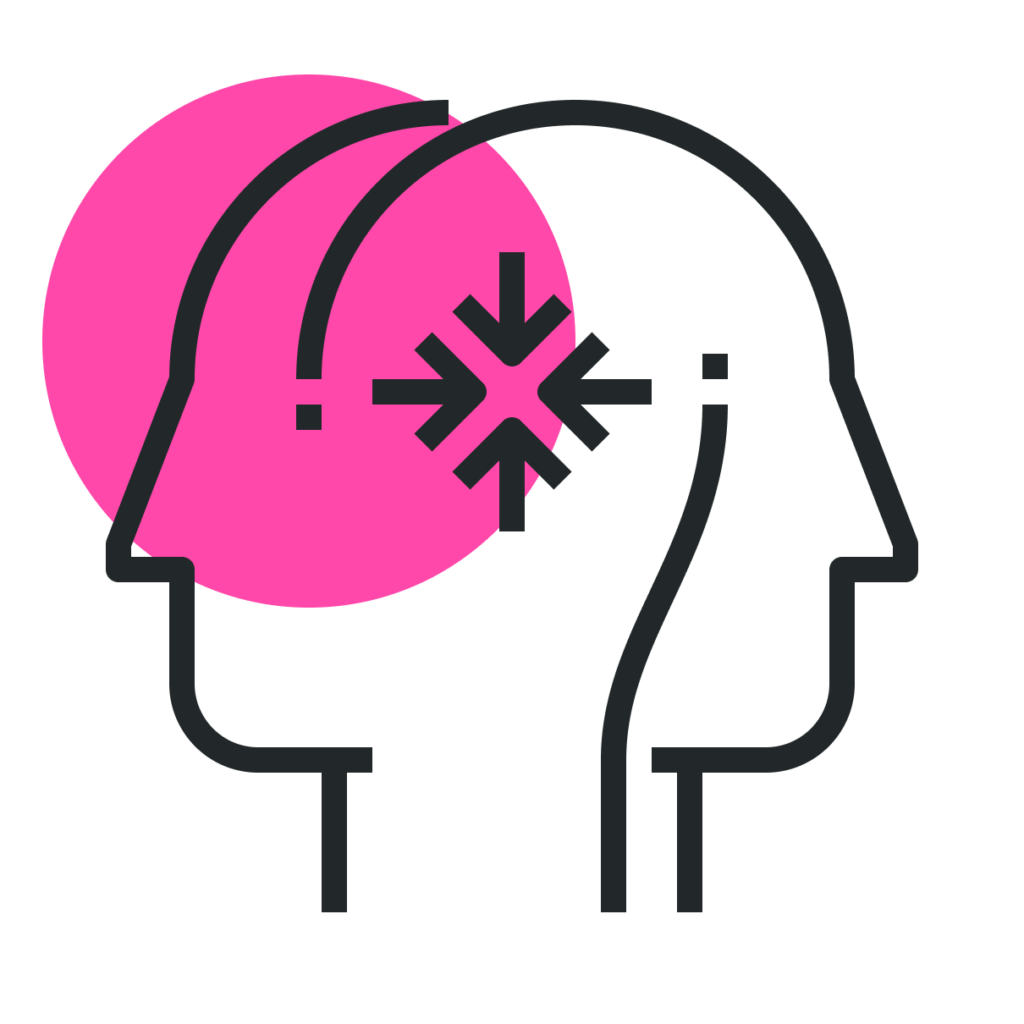The Boomerang Effect is often considered a subtype of “psychological reactance,” a term introduced by Jack W. Brehm in 1966. Reactance theory postulates that individuals have a set of “freedoms” and when those freedoms are threatened or reduced, they are motivated to regain them, often by doing the opposite of what is being urged. Over time, research on the Boomerang Effect has extended into various fields like marketing, healthcare, and even software development.
The effect was initially researched in the context of communication studies and public relations. Its most common application was in understanding the counterproductive outcomes of public campaigns, such as anti-smoking or safe-driving initiatives, where the intended message resulted in opposite behavior among a subset of the target audience.
You’ve probably come across campaigns by leadership at work or politicians who are trying to influence behavior in some way. How often do these campaigns completely fail?
Often the way that a campaign is promoted has a positive or negative effect on how it is adopted by the masses.
An aggressive sales pitch or overly persistent advertising may turn potential customers away, causing them to not only reject the product but also to develop a negative attitude towards the brand.
In families, the Boomerang Effect can be seen when parents exert too much control or issue outright bans on certain activities, prompting children to engage in those very activities out of a sense of rebellion or independence.
Quite often, our job as UX Designers is not to design, but to influence. To guide a team towards a vision or north star. And more often than not, our ideal vision isn’t shared with the larger team.
Instead of dictating what we think should happen, we’re often better off inspiring the teams to want to buy into our vision.
People don’t like being told what to do. Embrace this idea and help them come up with the correct path on their own.
🎯 Here are some key takeaways:
Use empathy in your messaging:
Know your audience and what they care about. Frame your message in a way that resonates with them, emphasizing the benefits of the desired change rather than focusing on negative aspects can help to avoid the boomerang effect.
Embrace autonomy and choice
Give users a sense of autonomy by presenting options and allowing them to make decisions that align with their personal preferences and goals. People are less likely to rebel against decisions they’ve been a part of. Include the team in decision-making processes when possible.
Conduct thorough research
A softer, less directive approach can sometimes be more effective than overt attempts at persuasion, which can trigger reactance. Steer clear of polarizing or extreme stances that might trigger defensive reactions, leading to the boomerang effect.
Monitor Reactions and address concerns openly
Keep an eye on metrics or feedback that could indicate a boomerang effect is at play, and be prepared to adjust your strategy. If you notice signs of resistance or backlash, bring them into the open and discuss them as a team. This can often defuse the situation and lead to a constructive solution.
Use soft persuasion
Instead of dictating, use softer persuasion techniques that allow individuals to arrive at the conclusion themselves. Make it so they think it was their idea, even if you don’t get credit for it.
📚 Keep exploring
To dive deeper into the topic of the Boomerang Effect and its implications for decision-making, check out these resources:



